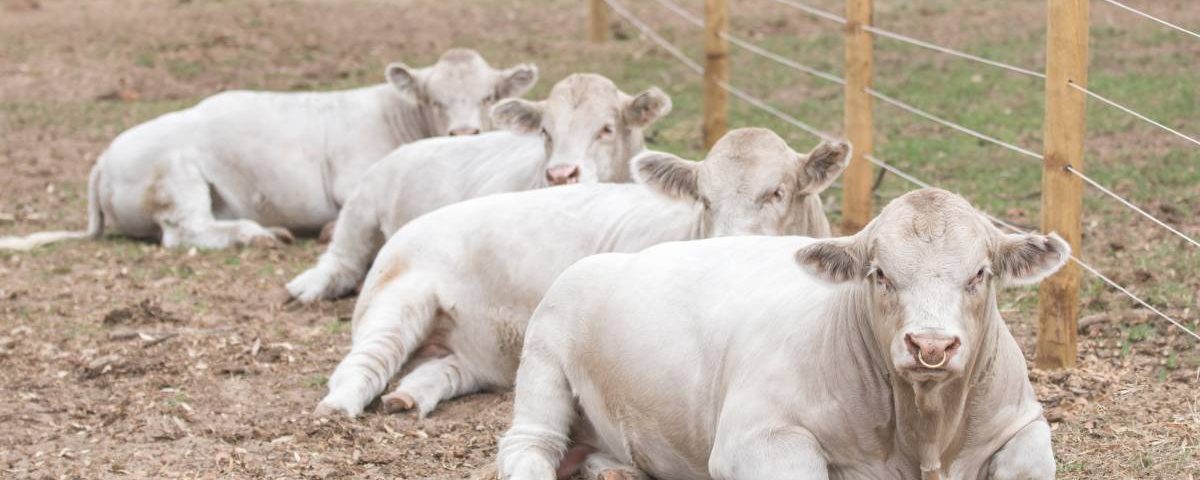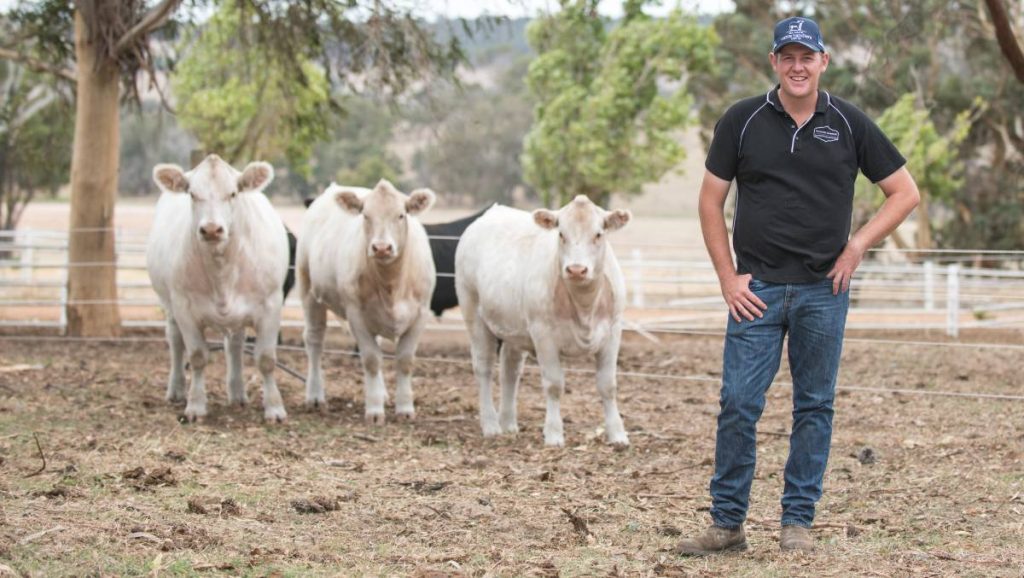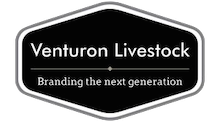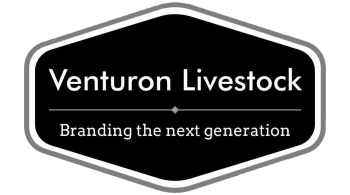
Venturon Livestock sell Charolais semen to North America
April 19, 2019Sydney Royal beef section draws in WA cattle producers

Hannah Powe, April 2019 – link to article
A 3939 kilometre journey in a cattle truck from Western Australia to New South Wales may not be the faint hearted, but its all in two days work for a group of beef breeders who are making their way to this year’s Sydney Royal Easter Show.
Twenty seven head from seven studs including; Little Meadows Angus, Monterey Angus, Venturon Livestock, Quicksilver Charolais and Droughtmasters, Morrisvale Limousins, Yongerellen Red Polls and Willawa Murray Greys, will make the trek over to compete in what they describe as the “pinnacle of cattle showing in Australia”.

In particular, Andrew, Anne and Harris Thompson of Venturon Livestock, Boyup Brook, WA, began their journey across the Nullarbor Plain late on Friday and arrived at the show grounds earlier today.
Since 2011 the Thompson’s have been trucking cattle to the east coast as the strong competition makes for a good opportunity for the stud to benchmark their animals against the leading competitiors within Australia.
“It is a huge marketing opportunity for us,” Harris Thompson said. “It opens doors and helps us get our genetics and what we are breeding for known nationally.”
“It has helped draw people in, with semen sales made in the past and continual interest in female lines.”
The Thompsons choose to not sell anything at the show, unless it is in a select female sale. This year they have six head plus a calf entered.
Mr Thompson said two drivers complete the 48-hour journey, with a stop overnight on the way where possible to allow cattle to be fed, rested and given probiotics.
“All cattle are tied up in the truck, with the cow/calf in a bay by themselves at a back that allows us to stop every five hours to feed the calf,” he said.
“The truck is bedded with straw and hay is in front of them. They are tied low so they can lie down and we have a camera in the crate to monitor them.
“We cart water with us in the crate so we are able to water them on the way whenever they need it.”
With new biosecurity laws, the Thompsons said they are only able to stop and unload cattle to rest in a J-Bas 8 Liver Fluke-free accredited location which limits there options.
Preparing cattle for the two-day trek is important, with planning and groundwork completed two weeks from departure.
“Two weeks out we load them up with electrolytes. We also give them probiotics every second day the week out and always feed a probiotic powder,” he said.
“The night before they are off grain and only on straight oaten hay.
“We also give them probiotics on the way and on arrival to help their gut-function.”
Effective management and trucking the cattle right helps ensure that cattle travel well, don’t get sick and don’t loose too much condition.
“It is important to be selective of the type of cattle. They need to have the right temperament – we don’t take unsettled cattle,” he said.
“Over the last two years we have had them lose roughly 20 kilograms on average, which we put down to good management.”
Temperature is also a large facet in the trip as it impacts how the cattle travel.
“We usually leave at 11pm (on Friday) and time it so we are travelling the Nullarbor at night so we don’t get the mid-day heat,” Mr Thompson said.
“We usually go the Adelaide (Royal) also, and Sydney is a lot worse than Adelaide due to the time of year.”
Even the cattle and feed travelling over to NSW needs to be managed and recorded to ensure the eastern state’s biosecurity protocols are adhered to.
“We feed a pellet to our show cattle that comes with a list of ingredients and is heat pressed,” Mr Thompson said.
“We have to submit of form or what they are, and get a plant health declaration and declare our hay is not contaminated with any lupin and grown in a green snail free area.”
The cattle travelling to and from NSW have the option to leave within 10 days or 49 days, with different documents to be filled out and lodged accordingly.
Once the show is over in the big smoke, the Thompsons along with the other WA studs are usually able to leave early to ensure they reach the border before it shuts for easter. However, this year the Thompsons won’t be able to leave until Harris judges the RAS Youth Show on April 16.
On the way home it takes an extra six hours of travel, as they have to go via Kalgoorlie to go through the quarantine station, where all animals entering WA have to go through, to be cleared for re-entry.
“At the border (Border Village) we stop and hand over our paper work so they can let Kalgoorlie know we are coming. Then we have a certain time that we must be at the quarantine point by,” he said.
“When we get there we have to take cattle off and they are drench and checked over. All feed (pellets and/or hay) is disposed off.
“The entire truck is emptied and washed out before it is assessed. Following this process, which takes about four hours, we can reload and get back on the road.”
This process ensures nothing is being brought back into WA.
Moving forward the Thompsons said they will continue to truck cattle to the east, with the possibility of attending the World Charolais Congress in 2020 at Brisbane Royal.
“We hope to held to the World Congress at Ekka next year with a truck and trailer all going well,” he said.
“The route will be slightly different, and it will only be four hours more then what it takes us to get to Sydney.
“The best-of-the-best for Charolais world-wide will be on show there, with international delegates there from across the world. It will be a great platform to go next level with our brand and marketing.”


